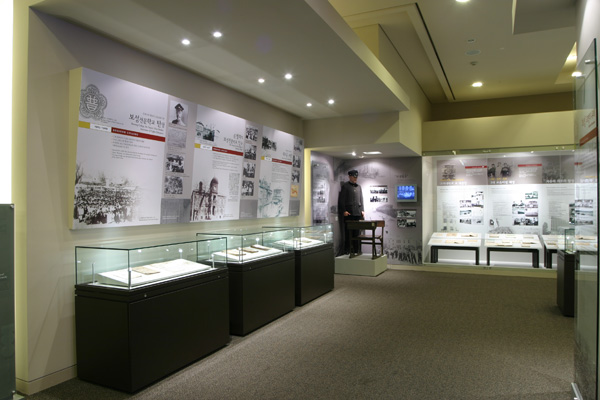As the core carrier of cultural relics display, the lighting design of wall cabinets in museums should take into account the dual needs of cultural relics protection and visual presentation. Reasonable lighting scheme should not only avoid light damage, but also highlight the details of exhibits to create an immersive experience. The following is an analysis of the issues that need attention from the key dimensions.
& nbsp; Protection of exhibits: Control of ultraviolet rays and heat. Cultural relics are sensitive to light, and lighting design is primarily to reduce the risk of damage. Light source with low UV content (such as LED with UV blocking rate of > 95%) shall be selected for lamps and lanterns, and the illumination shall be strictly controlled: the illumination of fragile materials such as silk and paper shall not exceed 50 LX, and that of bronze and porcelain can be moderately increased to 300 LX. At the same time, it is necessary to avoid light source heating, choose cold light source or install heat dissipation device to prevent the temperature rise in the display cabinet from accelerating material aging.

& nbsp; Combination of flexibility and energy saving In order to adapt to the display adjustment, the lighting system should have modular and intelligent control characteristics. Movable track lights or wireless control lamps are reserved for quick relighting when the position of the exhibits changes. At the same time, the induction module is used to realize the energy-saving strategy of "people come to light, people go to light dark", taking into account the protection of exhibits and energy efficiency. Lamp life (such as LED ≥ 30000 hours) and maintenance convenience are also important considerations for selection.
& nbsp; Comprehensive consideration and professional collaboration Successful cabinet lighting requires the integration of architectural, display and electrical design. For example, the connection between natural light and artificial light, the reflective characteristics of the internal materials of the display cabinet, etc., all need to be planned as a whole in the early stage of the project. It is suggested to cooperate with professional lighting team, predict the light environment through simulation software, combine with the material test of cultural relics, formulate personalized lighting scheme, and ultimately achieve the perfect integration of protection, artistry and functionality.
& nbsp; Huabo Art Exhibition has been deeply engaged in the design, customization, production and installation of exhibition cabinets for more than ten years, creating quality with ingenuity and leading the future with innovation. We focus on providing one-stop display cabinet solutions
for museums, art galleries, memorials, art galleries, science and technology museums, history museums, memorials and other cultural institutions.previous:Lighting Design of Wall Cabinet in Museum: Light and Shadow Art of Guarding Cultural Relics